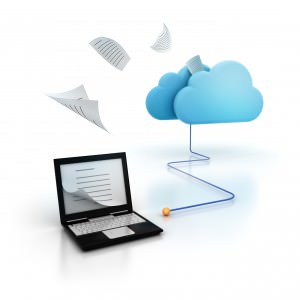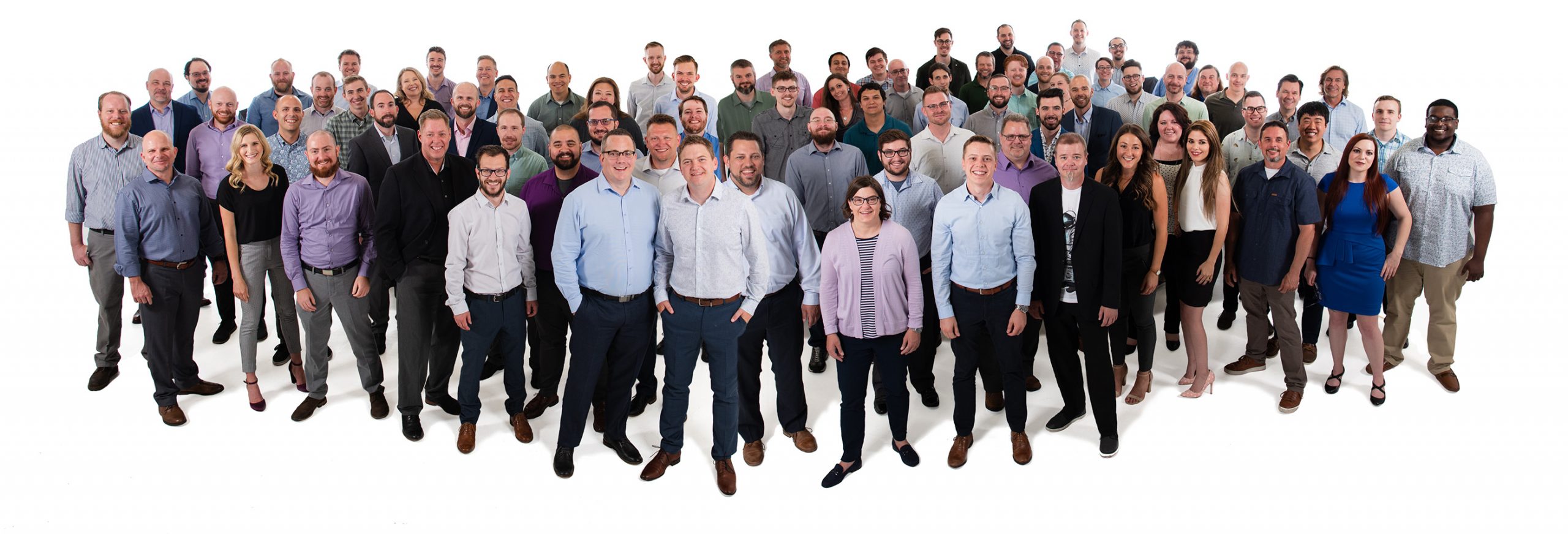By Daniel Ross, Technical Engineer
All too often, people don’t realize the importance of having a good backup plan for all of their digital files until after suffering a massive data loss. While most companies have a backup that is automated for the users, such as Greystone’s Total Rescue offering, you may not have something at home. With more and more of our day lives becoming digital we need to have something to keep all our great content protected from viruses, device hardware failure, lighting strikes, directory issues, theft, fire, flood and the one I see the most Human Error – which I’ve experienced and caused for myself.
 Personally, I have multiple backup options now after experiencing data loss a several years ago. At that time, I was sure I had my backup in place, but I hadn’t realized I had excluded a folder that contained some images from my wedding, as they weren’t in my photo organization software program. I was able to get back these files, but only after some hard work and significant out of pocket expense. From that moment on I knew I had to help myself from future data loss, along with spreading the good word to others about solid backup strategies and knowledge.
Personally, I have multiple backup options now after experiencing data loss a several years ago. At that time, I was sure I had my backup in place, but I hadn’t realized I had excluded a folder that contained some images from my wedding, as they weren’t in my photo organization software program. I was able to get back these files, but only after some hard work and significant out of pocket expense. From that moment on I knew I had to help myself from future data loss, along with spreading the good word to others about solid backup strategies and knowledge.
For the most part, computers now come with some sort of basic backup software and or option within the OS (Time Machine on Mac and Windows Backup on most versions of windows). While this a great quick and easy backup some users may want to have more control and or options as to what type of backup they create. Below are some types of backup options and products that can meet those needs.
Incremental Backup
Most computers offer this as a built in option through the OS like I have mentioned. Other Third-Party products also offer this but allow for the user to fine tune the locations of the backup (i.e. Network Drive, USB Drive and even CD/DVD) as well as the options to schedule the backups to run when they want as well as opposed to say time machines automatic schedule.
How I use it: I use this type of backup for data that changes often and is important for me to have a current backup of at all times and I’ll use this for my photo library and some of my financial documents as these are critical for me to have.
Clone Backup
This is a great option for disaster recovery or when even getting a new computer or moving to a bigger internal Hard Drive. Clone backups are a 1 for 1 copy of your drive including all the behind the scenes bits that are hidden by the OS. With this option you could backup your computer and upgrade to a bigger drive and then put this clone back in place on your computer and be right where you left off.
How I use it: I’ll use this for my monthly backups as well as for disaster recovery in the even that my main computer dies as well as in case of Fire/Flood. I typically will keep a copy offsite or in a fire safe for emergency purposes. Typically I’ll purchase a couple separate external drives that are dedicated to this and rotate them as to not additional wear to the drives. Drive prices are dropping and you can now typically get a 1TB Drive for around $150 on many online sites.
 Cloud Backup
Cloud Backup
This option allows you to access your files from any place and is pretty common to find as an add-on to some third party products. Services like BackBlaze, Mozy and Carbonite are great offsite cloud backups. With this option you are typically going to get a copy of your data and possibly an incremental option. Most of these services also offer you remote access to your files in case you’re not near your computer and also offer greater levels of protection including HIPAA standards for data storage. Some services will also offer you unlimited storage and premium options such as mirrored backup to a local external drive and courier service to your home should something bad happen.
How I use it: I’m personally using Carbonite on the basic yearly plan for all my offsite backups and have found it to be a good experience. Down the road I can always upgrade to the higher end plans and back down as needed.
When selecting your backup options give yourself room to grow! In the future as media files from our phones, cameras and other sources start to increase in size you will want your backup to be able to hold that as well. I always recommend getting a backup device that’s bigger than your internal drive, or even doubling it. You can find a wide variety of Network Storage options online for multiple computers that allow you to add drives down the road and or swap out for bigger ones. USB Thumb sticks are not always a sure bet for backup and should only be used to store stuff you wouldn’t mind losing. Also on a similar note take some time to take inventory of what you can move off your computer to CD/DVD or an “Archive drive” that you’re not using any longer file wise as this can free up a lot of space in general on your computer and make your backups even smaller and quicker.
In summary a good way to think about data backup is this: What is the most important thing in your car? Most people never think of this but it’s you and your family! Things like your windows and doors and tires can be replaced but you can’t be. I always tell people you will regret it when you don’t have it, so don’t end up regretting not setting some simple things up to ensure you don’t lose your data.

